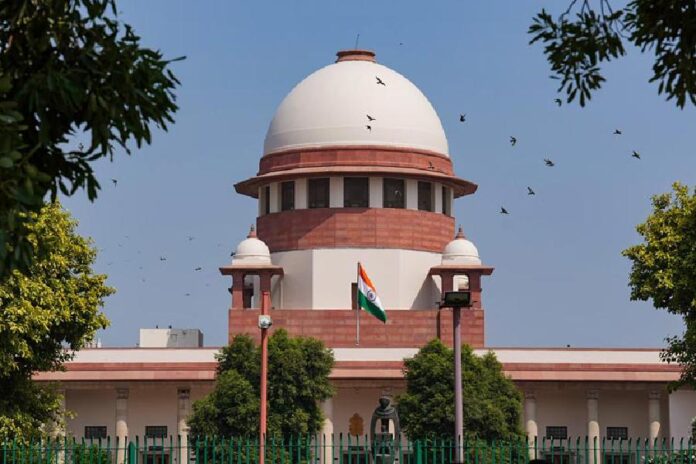A Public Interest Litigation (PIL) has been filed over the removal of trees and eviction of residents to make way for the construction of a new airport in Assam. The Supreme Court’s intervention in response to the PIL raises crucial questions about the balance between development imperatives and environmental preservation, as well as the protection of citizens’ rights in the face of large-scale infrastructure projects.
The proposed construction of a new airport in Assam has been met with both anticipation and apprehension. While the project promises to bolster connectivity and spur economic growth in the region, it has also drawn criticism for its potential adverse impact on the environment and local communities. The PIL, filed by concerned citizens and environmental activists, seeks to address these pressing issues and ensure that the development is carried out in a sustainable and socially responsible manner.
At the heart of the PIL is the contentious issue of tree felling and its implications for biodiversity and ecological balance. The indiscriminate removal of trees for infrastructure projects poses a significant threat to the environment, leading to deforestation, habitat loss, and disruption of fragile ecosystems. In the case of the new airport in Assam, the PIL seeks to halt the tree felling activities until a thorough environmental impact assessment is conducted and mitigation measures are put in place to minimize ecological damage.
Furthermore, the PIL highlights the plight of residents facing displacement due to the expansion of airport infrastructure. The eviction of communities residing in the vicinity of the proposed airport site raises concerns about the violation of their fundamental rights, including the right to adequate housing and livelihood. It underscores the need for a comprehensive resettlement and rehabilitation framework that ensures the fair and dignified treatment of affected individuals and communities.
In response to the PIL, the Supreme Court has posed critical questions to the authorities overseeing the construction of the new airport in Assam. The apex court’s intervention signifies its commitment to upholding environmental norms and safeguarding the rights of citizens in the face of development projects with far-reaching consequences. The court’s scrutiny of the matter underscores the importance of judicial oversight in ensuring accountability and transparency in decision-making processes that impact the environment and public welfare.
The Supreme Court’s poser on the new Assam airport reflects broader debates surrounding sustainable development and the imperative of balancing economic growth with environmental protection. It underscores the need for a holistic approach to infrastructure planning that takes into account not only economic viability but also environmental sustainability and social equity. The court’s intervention serves as a reminder to policymakers and project proponents to prioritize environmental conservation and social justice in their development agendas.
Moreover, the PIL and the Supreme Court’s scrutiny thereof highlight the significance of public participation and advocacy in shaping sustainable development outcomes. Civil society organizations, environmental activists, and concerned citizens play a crucial role in holding governments and corporations accountable for their actions and advocating for the protection of the environment and the rights of marginalized communities. The PIL serves as a platform for voices that might otherwise be marginalized or ignored in the decision-making process.
In addition, the PIL filed over the removal of trees, eviction of residents, and the Supreme Court’s poser on the new Assam airport underscores the complex interplay between development aspirations, environmental conservation, and social justice. It highlights the need for a nuanced and inclusive approach to infrastructure development that prioritizes sustainability, equity, and human rights. The case serves as a litmus test for India’s commitment to balancing economic growth with environmental stewardship and ensuring that development serves the interests of all its citizens, present and future.




